Expansion of Dairy Industry
The dairy industry in the US is undergoing significant expansion, which is positively impacting the homogenizers market. With the increasing consumption of dairy products, including milk, cheese, and yogurt, there is a heightened need for advanced homogenization processes to ensure product consistency and quality. Market analysis suggests that the dairy sector is expected to grow at a CAGR of around 3.8% in the coming years. This growth is driving investments in homogenization technology, as dairy producers aim to enhance the texture and flavor of their products while extending shelf life. As a result, the homogenizers market is likely to see increased demand from dairy manufacturers seeking to improve their production efficiency and product offerings.
Rising Demand for Processed Foods
The homogenizers market in the US is experiencing a notable surge in demand for processed foods. As consumer preferences shift towards convenience and ready-to-eat meals, food manufacturers are increasingly adopting homogenization techniques to enhance product quality and shelf life. This trend is reflected in the market data, which indicates that the processed food sector is projected to grow at a CAGR of approximately 4.5% over the next five years. Consequently, the need for efficient homogenizers is becoming more pronounced, as these machines play a crucial role in achieving uniformity and stability in food products. The homogenizers market is thus poised to benefit from this growing demand, as manufacturers seek to optimize their production processes and meet consumer expectations for high-quality food items.
Increased Focus on Quality Control
Quality control has become a paramount concern for manufacturers across various industries in the US, directly impacting the homogenizers market. As companies strive to meet stringent quality standards and consumer expectations, the role of homogenization in ensuring product consistency and safety is gaining prominence. Market Research Future suggest that industries such as food and beverage, pharmaceuticals, and cosmetics are increasingly investing in homogenization technology to enhance their quality control processes. This trend is reflected in the growing adoption of inline homogenizers, which facilitate real-time monitoring and adjustments during production. As a result, the homogenizers market is likely to benefit from this increased focus on quality assurance, as manufacturers seek to minimize variability and enhance the overall quality of their products.
Growth in Pharmaceutical Applications
The pharmaceutical sector in the US is witnessing a robust growth trajectory, which is significantly influencing the homogenizers market. As the demand for high-quality pharmaceuticals increases, manufacturers are turning to homogenization techniques to ensure uniformity and stability in drug formulations. The market for pharmaceutical products is projected to expand at a CAGR of approximately 6% over the next few years, driving the need for advanced homogenization solutions. This growth is particularly evident in the production of emulsions and suspensions, where precise particle size reduction is critical. Consequently, the homogenizers market is likely to experience heightened demand from pharmaceutical companies seeking to enhance their product quality and comply with stringent regulatory standards.
Technological Innovations in Equipment
Technological innovations are playing a pivotal role in shaping the homogenizers market in the US. The introduction of advanced homogenization equipment, featuring enhanced efficiency and energy-saving capabilities, is attracting the attention of manufacturers across various sectors. For instance, the development of high-pressure homogenizers and ultrasonic homogenizers is enabling producers to achieve finer particle sizes and improved emulsification. This trend is supported by market data indicating that the demand for energy-efficient machinery is on the rise, with a projected growth rate of 5% annually. As industries increasingly prioritize sustainability and operational efficiency, the homogenizers market stands to gain from the adoption of these cutting-edge technologies, which promise to optimize production processes and reduce operational costs.


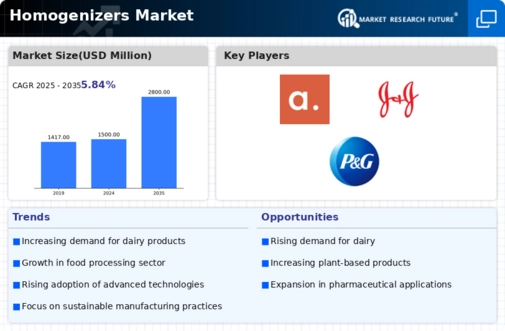
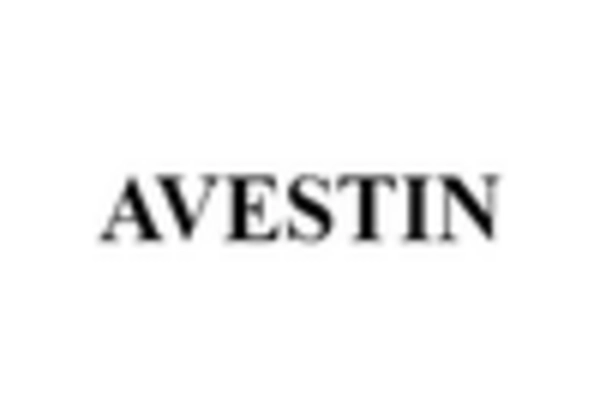
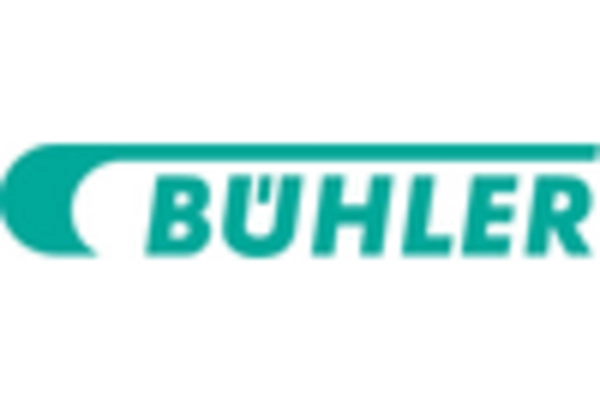
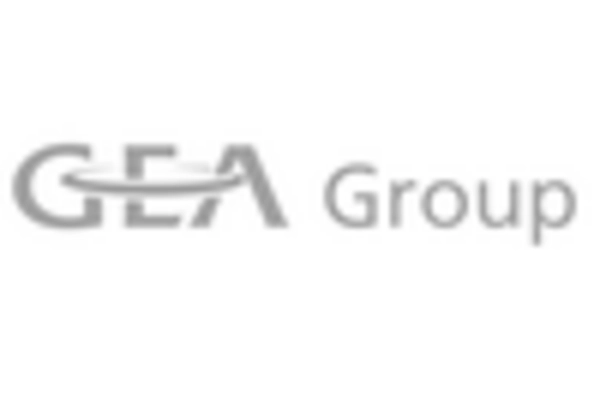

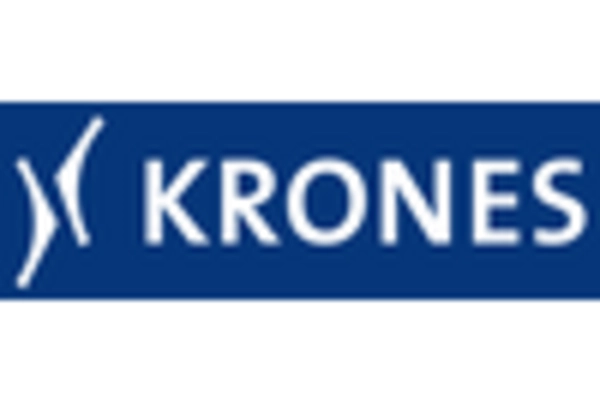









Leave a Comment